23 August 2011
{The Other Side of Fairytale Illustration; Arthur Rackham }

Arthur Rackham was an illustrator in the late 19th and early 20th century. He was born in London in 1867. He began studying at the Lambeth School of Art at the age of 18, and soon found his passion and calling. The first of Rackham's illustrations to be published in a book were in 1893, in The Dolly Dialogues. Rackham never looked back. From that first publication, illustration was his career until the day he died at age 72, of cancer.
Rackham's pieces were known for their luxurious use of color and keen attention to detail. His styles ranged easily from vivid, bright splashes of color to more muted, subtle tones. He became a member of the Royal Watercolour Society and mastered the watercolor method of painting, seen in many of his works. Many of the books Rackham illustrated include both his black and white and color plates. As well, some, such as Hawthorne's Wonder Book, include Rackham's experimentation with partially colored prints, similar to the effect seen with Japanese woodblock art.


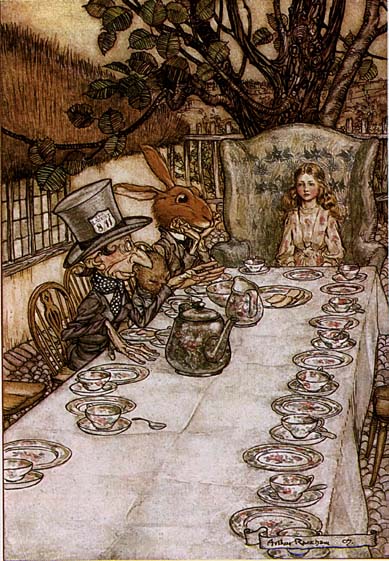
Much of Rackham's work depicts gnomes, fairies, goblins or other creatures from mythology, folklore or fable. His work has been an inspiration to many, including film director Guillermo del Toro (Pan's Labyrinth) and modern illustrator Brian Froud.
Whether illustrating whimsical books for children or darker matter for adults, Rackham's imaginative, brilliant illustration style was highly sought after and enhanced any text it accompanied. Rackham died in 1939, and now, 70 years after his death, his work is collectible and beloved. Children and adults alike take pleasure in the unique, beautiful art he provided for some of the world's greatest stories.
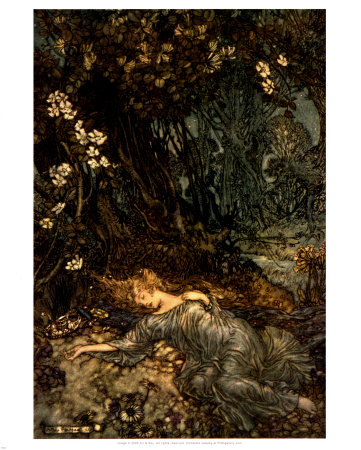
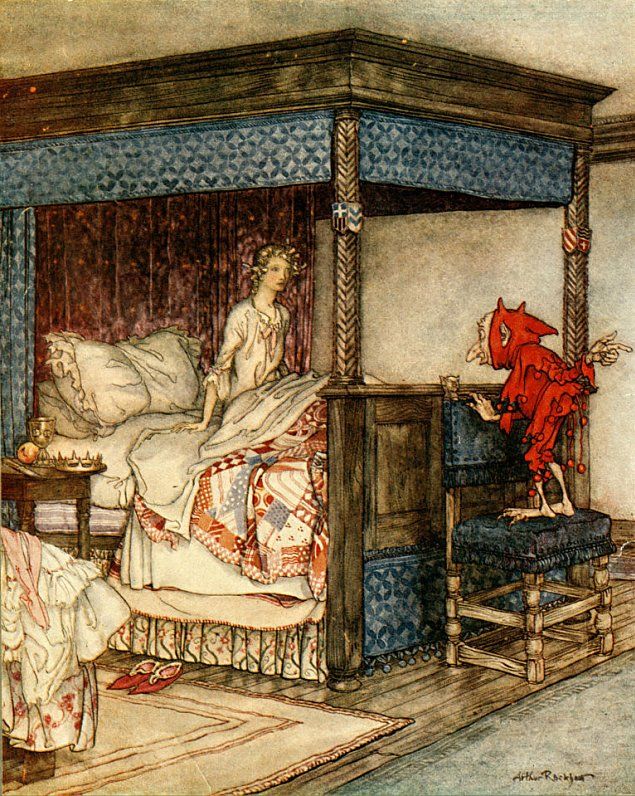


{More Information link}
{Jessie Willcox Smith}

Jessie Wilcox Smith (1863-1935) is one of my favourite artist, i specially love her artworks of mothers and daughters. She was an United States Illustrator famous for her works in women´s magazine and books for childrens. Jessie was among the most gifted of the students of Howard Pyle, and she took to heart his precept of (loosely put) studying a particular subject thoroughly, and conversely, painting what one knows best in order to bring the subject alive. Quite early, she settled on exploring the universe of the child, and did so with great sensitivity and tenderness over the first 30 years of this century.
Her mature work in no way resembles her teacher's, but bears more affinity to that of Edward Penfield and Toulouse-Lautrec and other poster artists, echoing the contemporary graphic approach with its emphasis on a spare but expressive charcoal line, somewhere between the fluidity of Art Nouveau and the boxiness of the Arts & Crafts movement. This style, together with excellent draughtsmanship, and her strongly designed compositions, (often unusual because of their view from the child's perspective) inspired a school of followers. Smith worked most comfortably with charcoal, often adding watercolor washes, occasionally varnishing over the drawing to add highlights in oil.
Smith was a prolific book illustrator, and remarkably, many of these beautiful volumes are in print today, probably bought as much for adults' nostalgia as for their relevance to children. Her magazine covers, given little attention by her bibliographer Edward Nudelman, are no less important. Like her illustrations of verse, they tend to depict quintessential moments of childhood: playing with blocks, fear of the dark, etc., so they function quite well as pictures apart from their original connection with text. Through her pictures of children, whether illustrations for fairy tales or of simple domestic scenes, Smith changed and enlarged the appreciation of children in American popular culture by her enormously sympathetic portrayals.
Look her work:

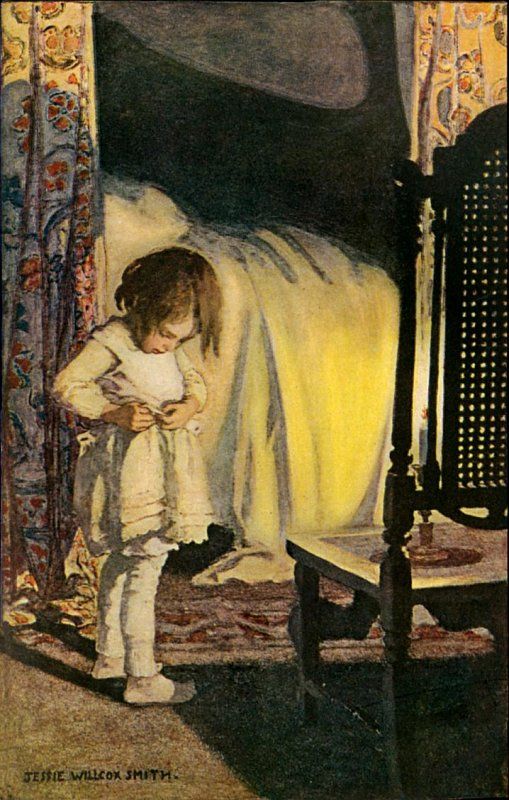



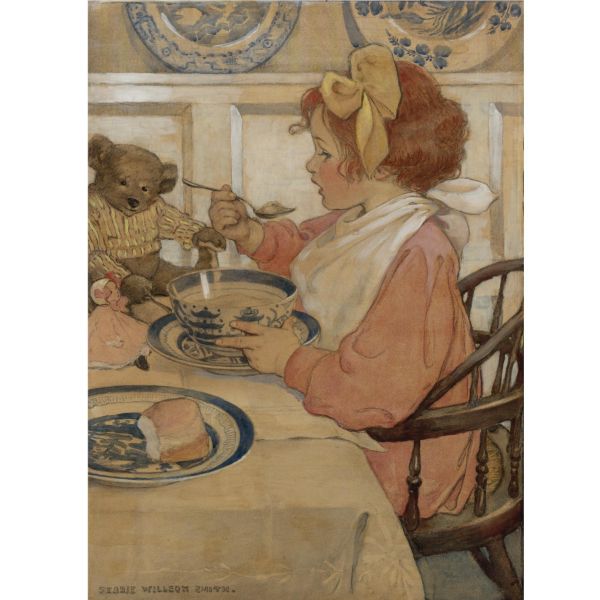

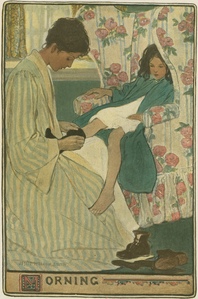

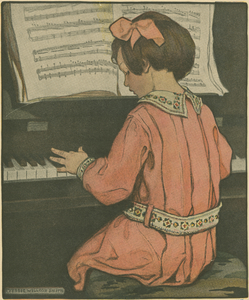


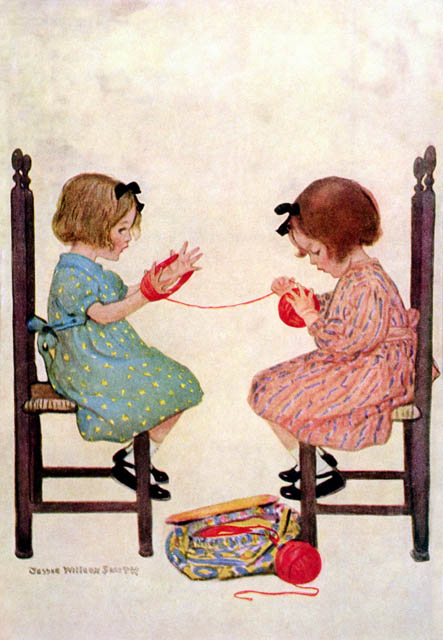


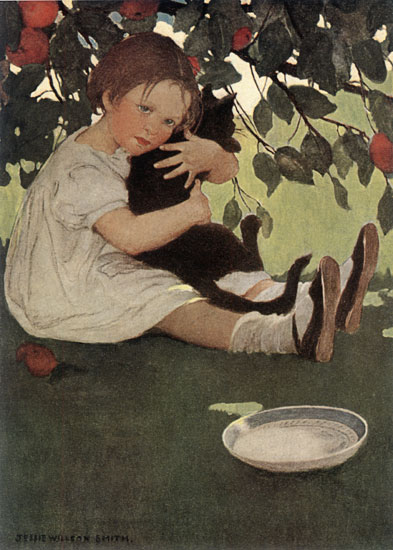
.jpg)
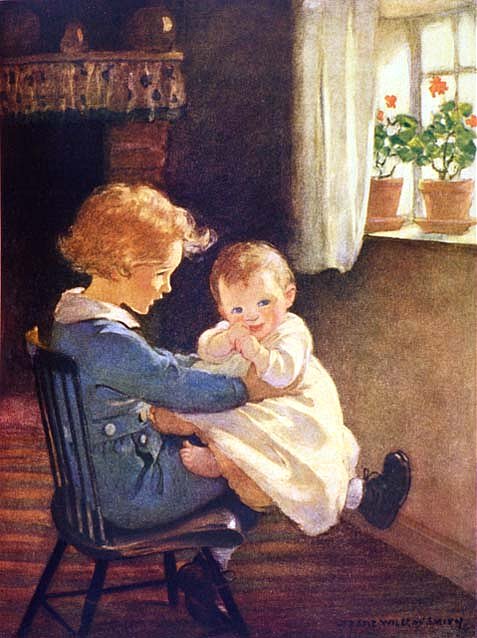
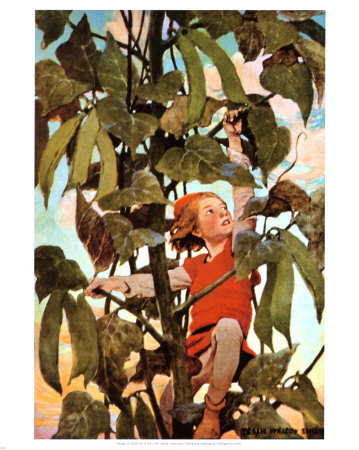



Subscribe to:
Comments (Atom)
























